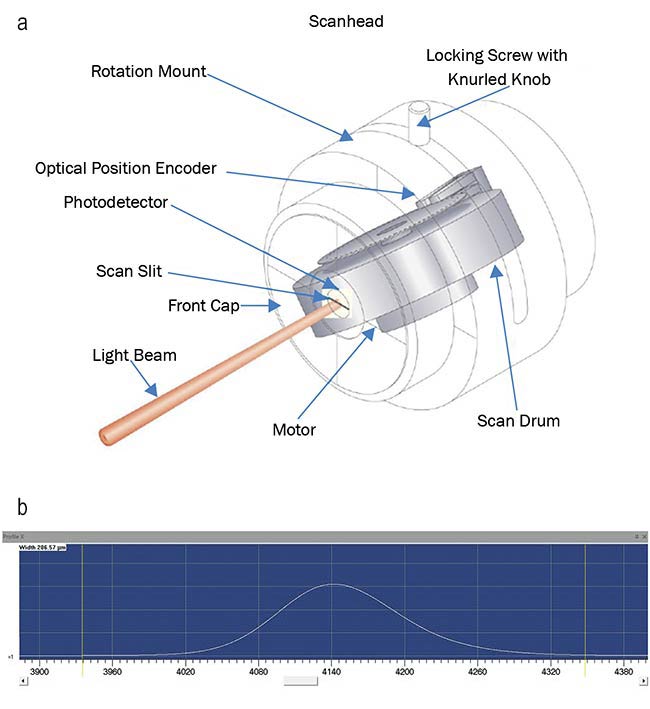
At least five definitions of beam width are in common use: D4σ, 10/90 or 20/80 knife-edge, 1/e 2, FWHM, and D86. The beam width is the single most important characteristic of a laser beam profile. This requires extensive repositioning with extreme care, and this can take a lot of time. The difficulty that arises, however, is attempting to work out two-dimensional images.

The advantage of these methods is their precision even submicron measurements are no problem. Though technically two different systems, these measurement methods operate similarly: by allowing a small amount of light through a tiny aperture and capturing one-dimensional profiles of the laser. The only downside of most models is the pixel limitations that make small micron readings difficult. Cameras can handle both pulsed and continuous-wave lasers equally well. They capture two-dimensional laser readings as pixels, making them able to detect the beam’s complete structure and intensity for analysis. Knife-edge scanners are typically very accurate and can stand up to high intensities.ĭigital camera-based profilers are extremely easy to use and interface effortlessly with software.

Sensors detect exactly what portion of the beam reaches past the knife-edge each time to determine shape, width and intensity. Each opening has a precise knife-edge that “cuts” through the laser. In this method, the beam is aimed at a sensor behind a spinning drum with several open sections that allow the laser to pass through.


 0 kommentar(er)
0 kommentar(er)
